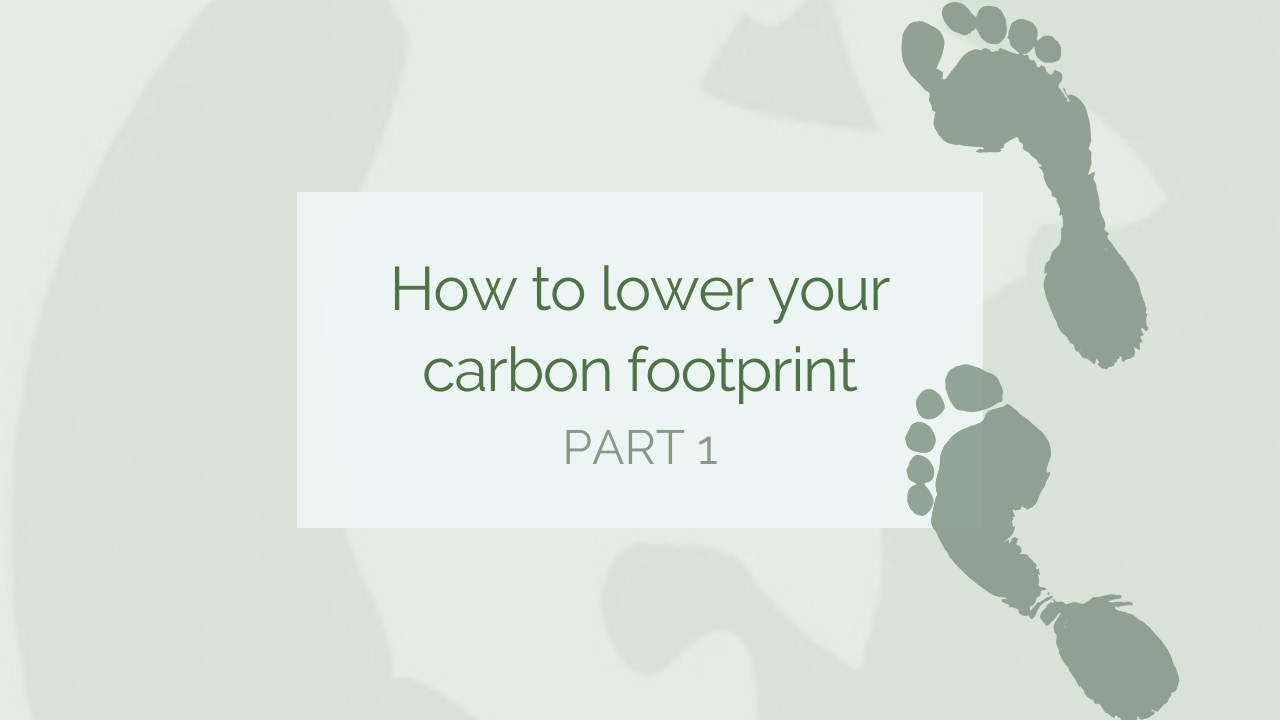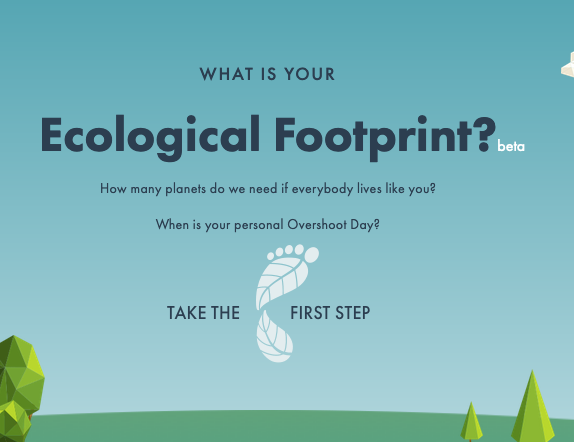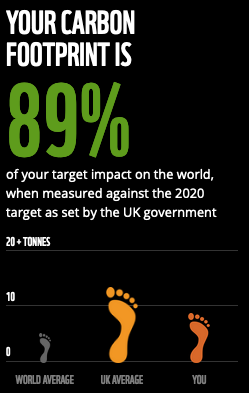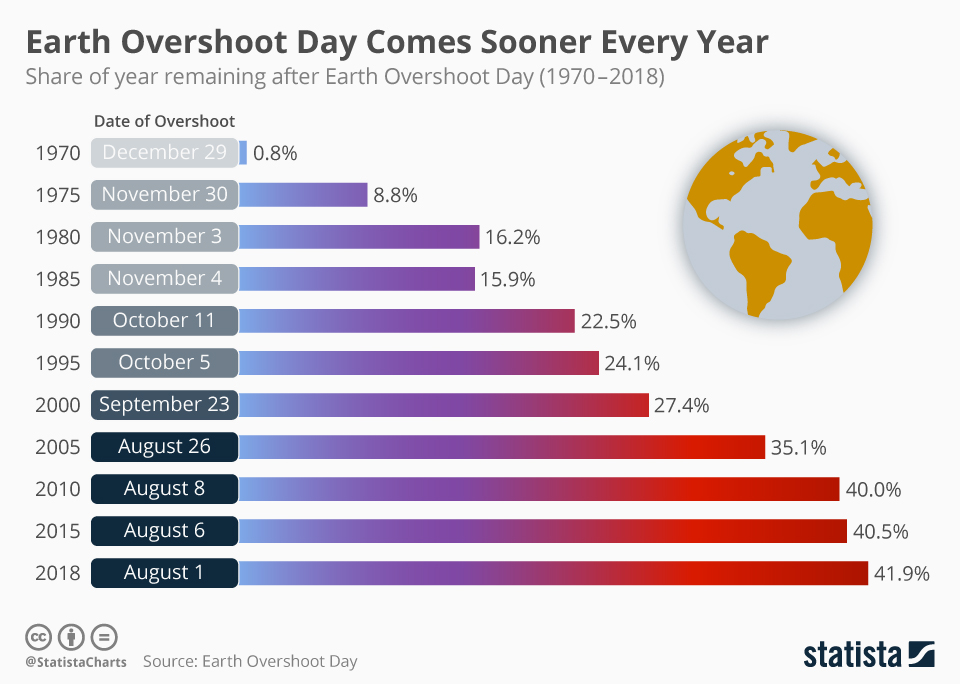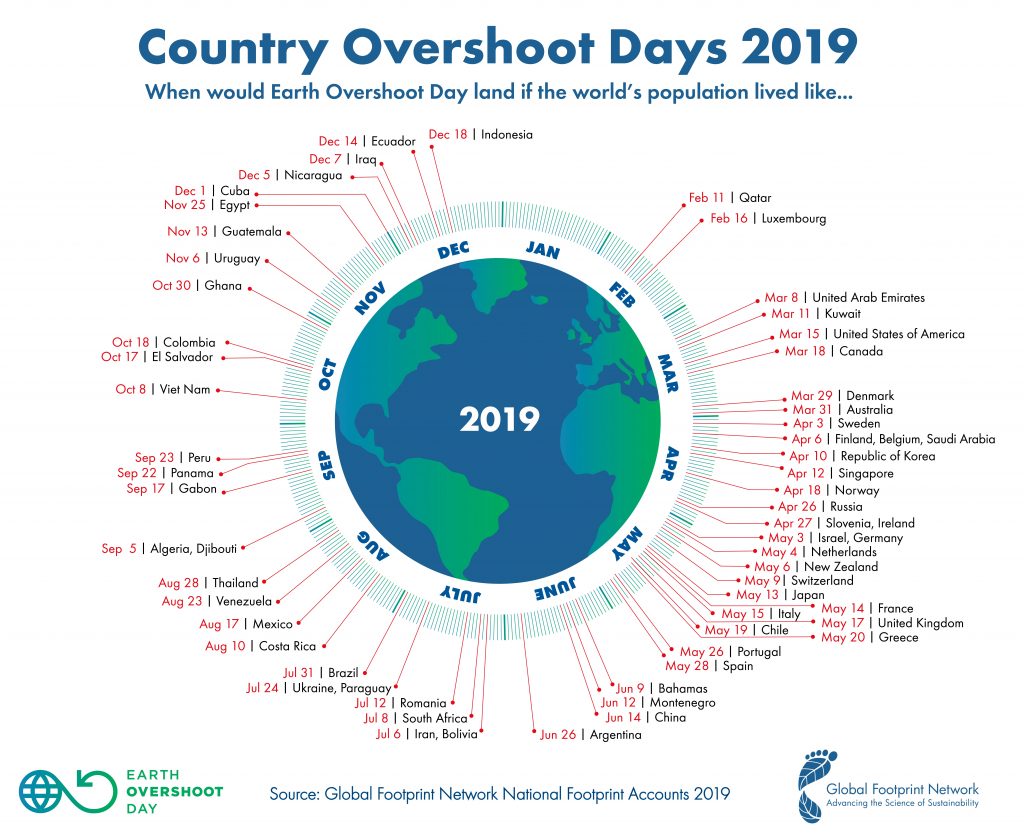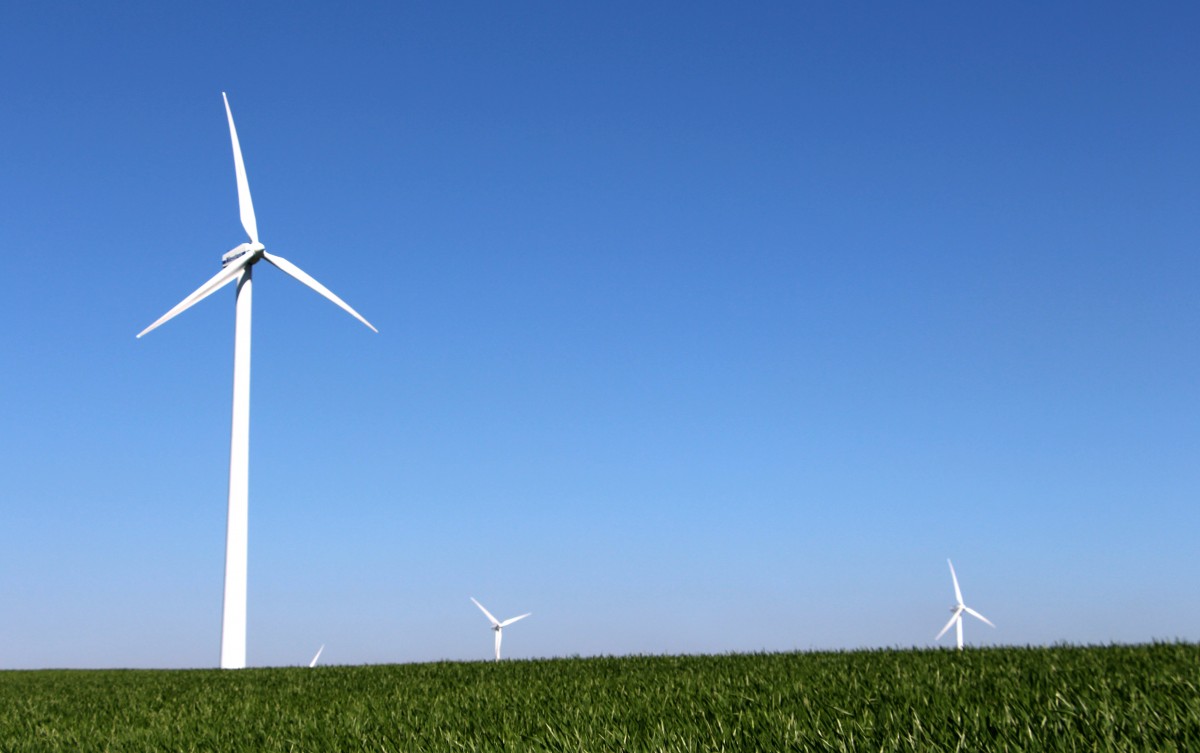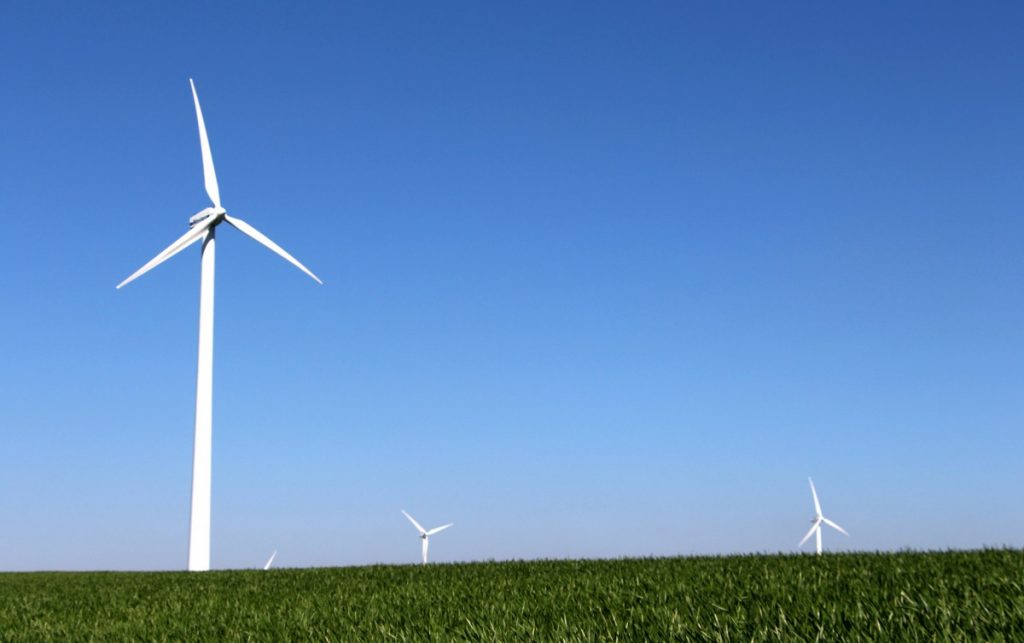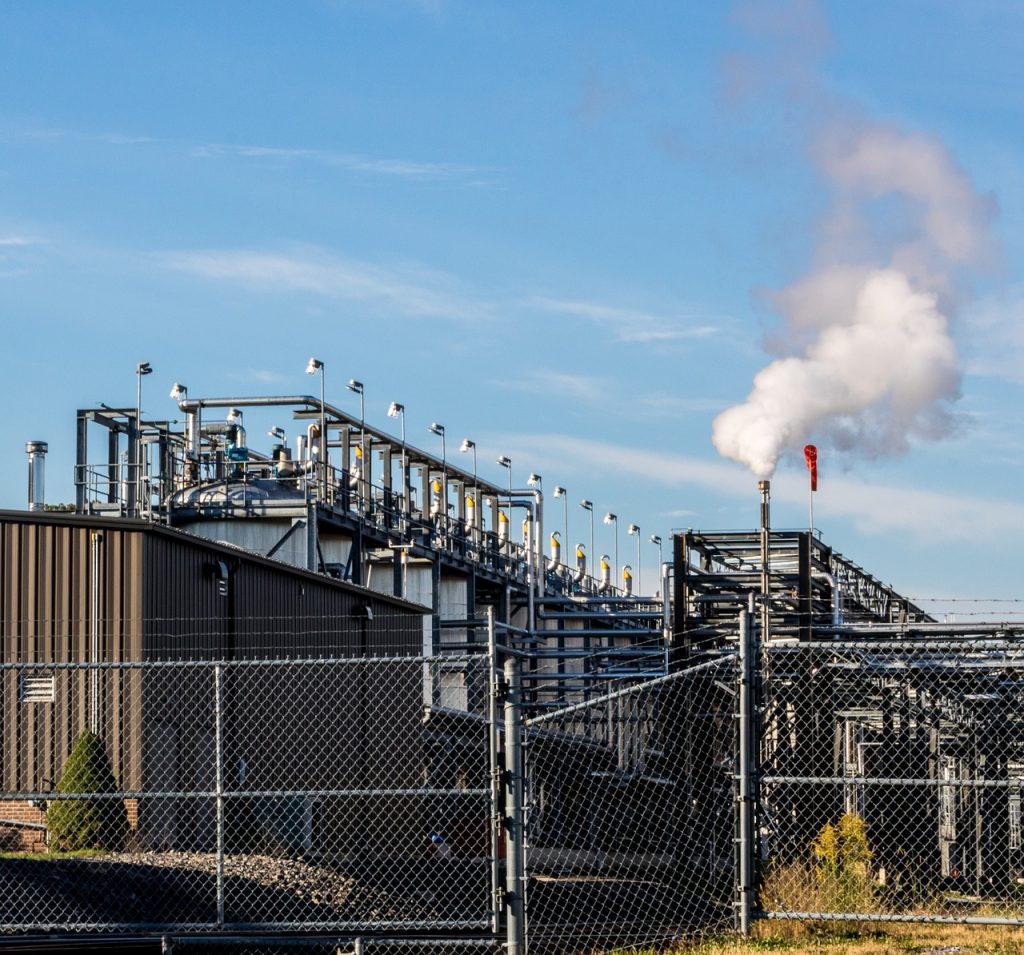
What is the most important action one can take for the climate in 2022? Well, different actions have different effects. Try to think big. If it feels awkward to go out in the streets and demonstrate or contact politicians, take a digital course in climate action instead to get an understanding for what the most important thing you can do is.
Become an active citizen
Become an active citizen and put pressure on systems, rules and norms to change. You can do this by:
- Think BIG! Take a free digital quick course – the Climate Leader – in how you can influence at a system level.
- Influence your tenant owners’ association. Ask them for example to install solar panels and chargers for electric vehicles, improve insulation to lower your energy consumption, change into renewable electricity and introduce sharing services like carsharing. In addition to having a lower climate footprint, it also makes your apartment block more attractive and resilient for the future.
- Put pressure on your workplace, your university or school. Ask if they have a climate-smart travel policy in place, if they can introduce a veggies first policy and advise them on calculating their climate footprint. We have developed a tool for companies to do that here.
- Demonstrate – for the moment digitally. Join FridaysforFuture, Extinction Rebellion or a friend during the next climate strike if you feel a bit new and lonely in this type of context.
- Support End Ecocide to make large-scale environmental degradation a crime. Fracking is one example that could potentially count as ecocide. Sign petitions, make a donation so that small island nations can afford to have representatives in place at international climate negotiations or get involved in the movement locally.
- Contact your political party and demand that they adopt a policy in line with the Paris Agreement.
- Balance out your lifestyle and help accelerate the transition to renewable energy around the world.
Become a conscious consumer
Become a conscious consumer. Reduce your own climate footprint and gain better knowledge of which area you should focus on. What makes the biggest difference for the climate – replacing the car with a bike for distances under 3 km or recycling every single package? Below we list what has the greatest climate impact for an individual.
- Think half. Do half of the things that have the biggest carbon footprint in your life – eat half as much red meat, fly half as many times, buy half of the apparel and footwear you normally buy and use your car half as much. Or, focus twice as much on of what has a low climate footprint. Maximize your cycling, your train holidays and your vegan eating (tips – try Veganuary). Choose ONE area to focus on and it is more likely that it will happen.
- Become a circulator instead of a consumer. Start using sharing services for stuff and transportation.
- Check out the performance of your financial institutions at FairFinanceGuide and use your influence to demand change. Financial institutions like banks and insurance companies can use your money to facilitate the destruction of our planet by investing in for example coal companies. Ask them to stop doing that!
- Work less and enjoy life!

